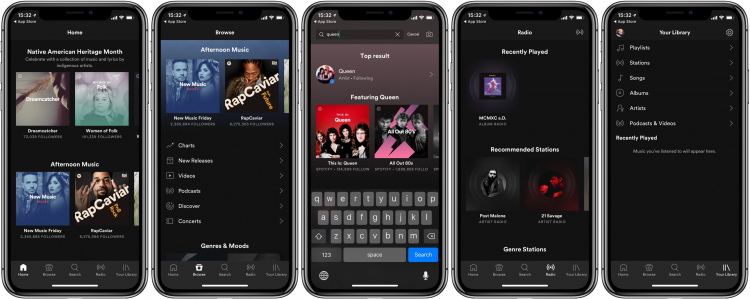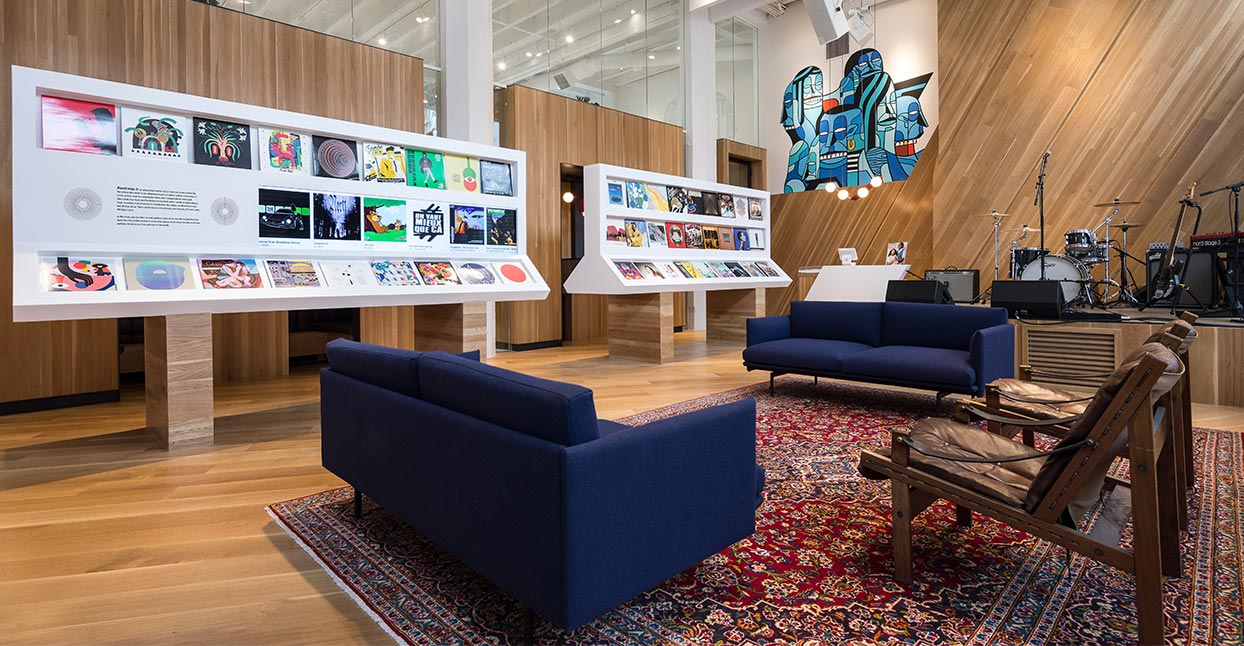Bandcamp Is Here to Help Save Music

The International Federation of the Phonographic Industry's (IFPI) "Global Music Report 2019" mentioned that total music sales amounted to $19.1 billion, a 9.7 percent rise compared to 2017, representing the highest rate of growth since IFPI was launched in 1997. Paid streaming services account for 37 percent of total recorded music revenue with profits from subscription and ad-supported streaming services totaling $8.9 billion. With streaming platforms such as Spotify, Apple Music, YouTube and Soundcloud boasting around 300 million paid subscribers combined, they mark a revival in the overall consumption of music. However, they only give large amounts of revenue to artists with large audiences. This all-you-can-listen format of consumption has its perks and drawbacks for the experience of listeners, but there is a platform that is working to allow music-lovers to shape their own listening experiences.
As a listener, one might think that they would get more bang for their buck if they subscribe to a streaming service such as Spotify. You're able to discover many artists and find music quite easily. On top of that, these apps make it even easier for listeners by providing them with pre-made playlists. However, this phenomenon can play a surprisingly negative role in the overall listener experience for a few reasons. With these features, the entire discography of an artist is not a priority because individual songs are hand-picked to flow into songs by other artists. Because of this, listeners could miss out on full albums they may truly like.
Listener experience can be negatively affected by streaming services like Spotify because of the visibility of individual artists. High quality, but under-rated albums are harder to discover because they may not be on the curated "Hot Pop" or "All New Indie" playlists. Beyond the listener, this hurts musicians as well. Because of playlists, an artist only has a chance of one (if they are lucky two) of their songs out of however many they may have on their album making it onto a playlist.
Before streaming services, the process of finding a new artist or song to listen to was completely different. People would discover music by browsing similar labels, collectives, or artists who have worked on EPs or albums together. There was a feeling of satisfaction after finding a breakthrough. This process was good for both listeners and artists, as smaller musicians were on a more equal playing field because they weren't constantly being shut out by "perfected" pop playlists.
Bandcamp IRL opening. Image Credit: bandcamp.com
This is why Bandcamp is revolutionary. Not only does it not apply the “recommended playlist” formula, but there are articles about different niche musical scenes around the world. You can buy your favorite artist's merchandise and even buy tickets to their shows – all while making sure 85 to 90 percent of the revenue goes back to them. Up to a 90 percent profit is unprecedented in the music sales industry. You get to have the option of owning your artists’ music in full WAV quality (a file that’s about 5 times denser than MP3 quality). Many artists give out their music for free on Bandcamp with a ‘choose your donation’ option.
Buying an artist’s music is more important than ever. It is harder for new artists to make it as big record labels are accumulating more listeners as a result of this vicious cycle of streaming, thus limiting artist's producer surplus. As a streaming platform, Pandora has the highest per-play royalty rate, at $0.01682, but it is not available in most countries. An artist would need about 90,000 plays to earn US monthly minimum wage. Artists would need about 2,000,000 plays to make minimum wage, on Youtube, the worst paying platform.
Image Credit: Gerald Donald - NTS RADIO LONDON - nts.liveI realized that Bandcamp was gaining credibility when I met Gerald Donald after one of his gigs at Wanderlust. Donald is one of the two members of Detroit’s legendary electro band Drexciya, and one half of Dopplereffekt, his current project. He gave me one of his business cards with the Bandcamp link to one of his side projects: Avina Vishnu. He told me he deliberately chooses to only release his music from that project on Soundcloud and Bandcamp because he has the means to boycott the big streaming platforms. He wants his music to be appreciated the way it should be, by having a more personalized page with whatever information he wishes to include.
In an effort to bring back the old listener experience while giving artists a new direct form of income, Bandcamp has recently announced that they will be releasing a new vinyl pressing service. Artists are able to crowdfund campaigns for vinyl releases, and once the campaign reaches its minimum goal, Bandcamp will press and send vinyl to the artist's fans. Artists will be in charge of everything from design to price, and listeners will get to own the music while directly supporting the creator of it.
By the looks of it, streaming services aren't going away anytime soon. They serve a good purpose, they make listening to new and popular music an easy and nearly mindless process. However, as consumers, we should listen responsibly and keep in mind the artist behind the work we enjoy. Music is more than just a free sound to fill the silence, it's the product of someone's labor. If the services we use don't respect that, maybe we should rethink how we consume it.









